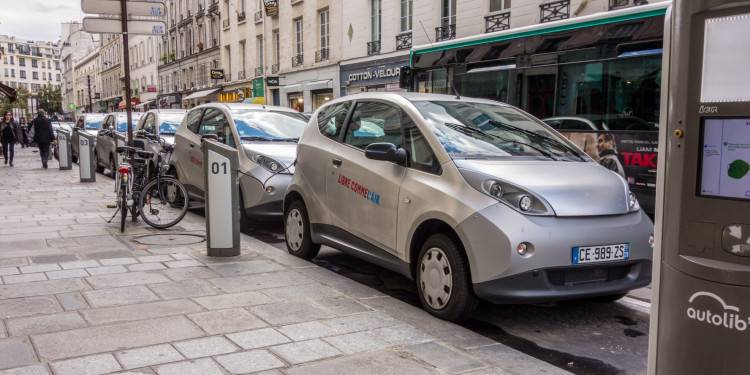
The world is about to pass an important milestone in electric vehicle adoption, which will help combat the rise in worldwide emissions
April 14, 2022
Pandemic restrictions in 2020 caused the largest absolute drop in carbon-dioxide pollution from energy use since the Second World War. However, lockdowns eventually lifted, and as economic activity picked up, emissions resumed quickly by the year’s end. In December, worldwide emissions were 2% higher than the same month in 2019, according to new data from the International Energy Agency.
On the other hand, electricity generated from the sun and wind reached a record 20% of the mix of global energy sources for the first time, and electric vehicles (EVs) sold in record numbers.
At the moment, the world is about to pass an important milestone in electric vehicle adoption: 20 million plug-in vehicles are on the road globally, according to BNEF estimates. That’s a remarkable growth from only 1 million EVs on roads in 2016.
In the second half of 2022, almost a million EVs a month will be added to the global fleet, according to BNEF estimates. Vehicles eventually get retired from the fleet due to age, wear-and-tear, crashes and battery degradation. But that’s not a big part of the EV story so far, mostly because the majority of EVs in the global fleet were sold in the past 18 months. By the end of 2022, BNEF is expecting over 26 million plug-in vehicles on the road.
China accounts for 46% of the total sales to date, followed by Europe at 34%. North America is at third place with 15%, but policy support should get the EV market moving this year and next. All the remaining countries combined account for 5% of the global EV fleet.
Most of the world’s plug-in vehicles are fully electric, but there are also around 5.3 million plug-in hybrids. Europe accounts for most of them. The plug-in hybrids have helped automakers meet Europe’s increasingly stringent targets for reducing carbon emissions from vehicles.
Perhaps the biggest surprise comes from Japan: EV adoption there — the largest auto market after China, the U.S. and Europe — has been very slow.
The attention will eventually shift to the big emerging auto markets in the world, like India, Brazil, Mexico and Southeast Asia. EV adoption has barely started in these countries and regions, yet they are key for the growth in global EV adoption.
The next few years will bring remarkable progress on EV adoption, but it’s worth keeping in mind what a huge task it is to convert the world’s vehicle fleet.
Sign Up for Our Newsletter.
BNEF estimates that there are 1.2 billion light-duty passenger vehicles on the road globally. By the end of 2022, just over 2% of them will be electric. There’s a long way to go, but the beginning is there. The carbon emissions from vehicles will be reduced to a great extent with the adoption of fully electric transportation globally.
This article is republished from IMPAKTER under a Creative Commons license. Read the original article.

